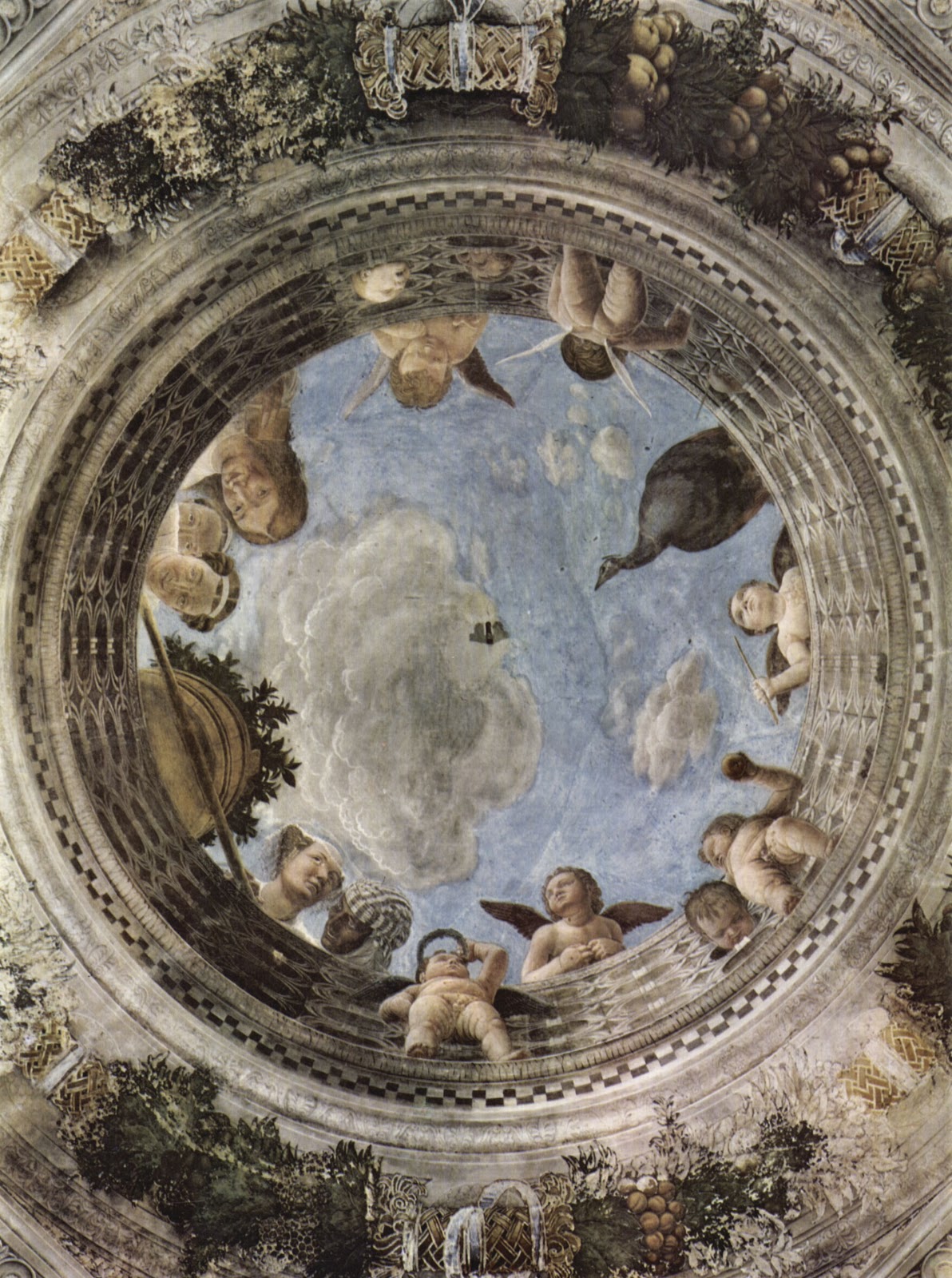The 15th and 16th centuries saw the flowering of the Renaissance, a period of renewed interest in classical antiquity that emphasized humanism, naturalism, and the development of new artistic techniques.
It began in Italy and later spread throughout Europe, with distinct regional styles and priorities.
Key periods
The Early Renaissance (15th century)
Originating in Florence, the Early Renaissance, or Quattrocento, established the foundations for the later High Renaissance.
Masaccio (1401-1428): Credited with popularizing linear perspective and creating realistic figures with solidity and emotion.
Donatello (1386-1466): His bronze David was the first free-standing nude sculpture since antiquity, demonstrating classical influence.
Sandro Botticelli (1445-1510): Known for elegant mythological paintings like The Birth of Venus and Primavera.
Jan van Eyck (1390-1441): A pioneer of the Northern Renaissance who mastered oil painting and meticulous detail, as seen in The Arnolfini Portrait.








































